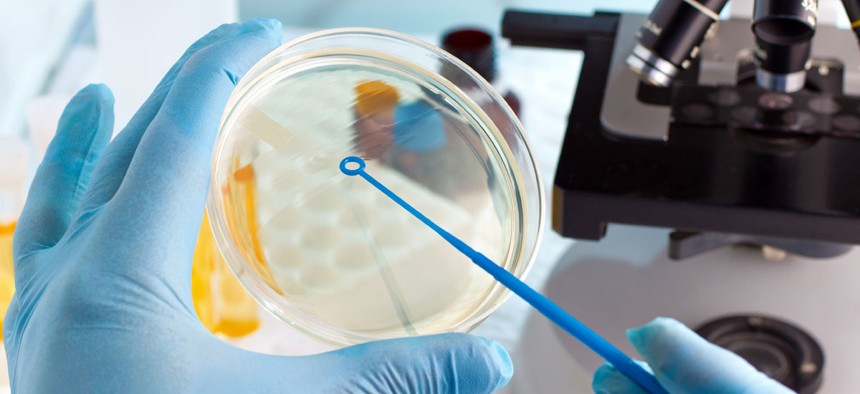World’s First Biolimb: Scientists Are Growing Rat Arms in Petri Dishes

angellodeco/Shutterstock.com
Harald Ott at Massachusetts General Hospital and his colleagues have now taken a step toward the dream of building a biolimb.
Losing an arm can feel like losing a family member. Though prosthetic limbs have been improving, they are far from ideal. And while the improving field of limb transplants gives hope, the patient has to take immunosuppressant drugs all their life to prevent the body rejecting the new addition because it once belonged to someone else.
Harald Ott at Massachusetts General Hospital and his colleagues have now taken a step towards the dream of building a biolimb—made with cells from the recipient so that it looks and feels like the natural part of the body. In a study published in Biomaterials, they show the reconstruction of the first rat biolimb.
The idea is simple. First, they take an arm from a dead rat and put it through a process of decellularization using detergents. This leaves behind a white scaffold. The scaffold is key because no artificial reconstructions come close to replicating the intricacies of a natural one.
Next, they seed the arm with human endothelial cells, which recolonize the surfaces of the blood vessels and make them more robust than rat endothelial cells would. Finally, scientists inject mice cells, such as myoblasts that grow into muscles. After two to three weeks, these cells use the scaffold to regrow the arm, on which rat skin is then grafted. Among the 100 rat forelimbs, he succeeded in recellularizing at least half.
When Ott applies electrical pulses to activate the muscles, he is able to make the rat paw clench and unclench. He has also attached the biolimbs to anaesthetized rats, and saw that blood vessels functioned as he had hoped.
Next, Ott has to show that the arms will develop a nervous system, which will allow the arm to be controlled by the recipient rat.
This has been shown to work in hand transplants, but remains to be seen in biolimbs. Also, Ott needs to prove that, as the theory suggests, these limbs will indeed not be rejected by the rat without the use of drugs.
If the above is successful, the next target would be a primate’s arm. Ott has already shown that they can be decellularized.
(Image via angellodeco/ Shutterstock.com)
NEXT STORY: Pentagon working on federated app store





